Curious about which muscles you work with the shoulder press? This exercise primarily targets your deltoid muscles, including the anterior, lateral, and posterior heads. It also recruits the triceps and upper chest for added stability and power, highlighting the shoulder press muscles worked. Read on to learn exactly how the shoulder press engages each muscle.
Key Takeaways
-
The shoulder press primarily targets the deltoid muscles—anterior, lateral, and posterior—promoting muscle growth and stability in the shoulder joint.
-
Engaging supporting muscles such as the triceps, upper chest, and serratus anterior is essential for a smooth and effective pressing motion, improving overall upper body strength.
-
Proper form and technique are crucial for maximizing muscle activation and preventing injuries, highlighting the importance of integrating shoulder press variations into a balanced workout routine.
Primary Muscles Engaged in Shoulder Press

The shoulder press is a powerhouse exercise that primarily targets the deltoid muscles, which consist of three distinct heads: the anterior, lateral, and posterior deltoids. Each muscle group contributes to various aspects of the shoulder press, promoting effective muscle activation and stability.
Practicing shoulder presses regularly can result in notable muscle growth in the deltoids, boosting size and strength.
Anterior Deltoid
The anterior deltoid, located at the front of the shoulder, is key for lifting the arms overhead during the shoulder press. This muscle is heavily involved in shoulder flexion and plays a significant role in the pressing motion, contributing to the overall strength and stability of the shoulder joint.
Activation of this muscle ensures smooth and effective movement of the upper arms during the exercise, making it vital for muscle building and strength training.
Lateral Deltoid
The lateral deltoid, located on the side of the shoulder, is primarily responsible for raising the arm sideways. During the shoulder press, this muscle helps maintain shoulder width and stability by ensuring that the upper arms move in a controlled manner.
This not only aids in effective weight lifting but also contributes to overall shoulder stability, making the lateral deltoid a vital part of the shoulder press exercise.
Posterior Deltoid
The posterior deltoid, found at the back of the shoulder, is crucial for shoulder stability and strength during the shoulder press. This muscle helps counterbalance the forces exerted during the pressing motion, preventing shoulder internal rotation and guiding the movement path.
A well-functioning posterior deltoid is essential for maintaining joint integrity and enhancing overall shoulder stability.
Supporting Muscles Worked

While the deltoids are the primary focus of the shoulder press, several supporting muscles also play a significant role in this exercise. These muscles work together to enhance muscle coordination and stability across the upper body, ensuring a smooth and effective pressing motion.
Exercises like lateral raises and tricep extensions can complement the shoulder press to provide a comprehensive shoulder workout.
Triceps Brachii
The triceps brachii are crucial for extending the elbow, a vital movement during the shoulder press. The triceps facilitate effective elbow extension, allowing the weight to be pushed overhead smoothly and efficiently.
This muscle group plays a significant role in completing the pressing motion, making it an essential component of the shoulder press.
Upper Chest Muscles (Pectoralis Major)
The pectoralis major assists in the initial phase of the shoulder press by providing extra force to lift the weight overhead. This muscle is especially active during the initial lift, helping to generate the necessary power to start the pressing motion.
The involvement of the upper chest muscles adds to the overall effectiveness and strength of the shoulder press.
Serratus Anterior
The serratus anterior is vital for maintaining scapular stability and facilitating shoulder movement during the shoulder press. This muscle stabilizes the shoulder blades, enabling a smoother and more controlled overhead press motion.
Proper activation of the serratus anterior is crucial for preventing shoulder injuries and ensuring effective performance during the shoulder press.
Core Activation During Shoulder Press
Activating the core is vital for performing the shoulder press effectively. Engaging the core muscles helps maintain a stable posture and balance, which is essential for lifting weights overhead. Stabilizing the body with core muscles ensures a controlled and efficient pressing motion, reducing injury risk and enhancing performance.
Abdominals
The abdominals play a significant role in supporting the upper body during the shoulder press, preventing excessive arching of the lower back. Engaging the abdominals helps maintain a stable spine and balance throughout the lift, ensuring proper form and reducing injury risk.
This core engagement is vital for effective muscle activation and performance during the shoulder press.
Lower Back Muscles
The lower back muscles, including the erector spinae, are crucial for stabilizing the spine while performing the shoulder press. These muscles help maintain proper spinal alignment, preventing injuries and ensuring a stable posture during the lift.
Proper engagement of the lower back muscles is essential for effective performance and injury prevention during the shoulder press.
Variations of the Shoulder Press

The shoulder press can be performed in various ways to target different muscles and enhance overall effectiveness. Each variation provides unique benefits and can be added to a workout routine to keep it dynamic and challenging.
Knowing these variations can help you select the best ones for your fitness goals.
Dumbbell Shoulder Press
The dumbbell shoulder press allows for better focus on upper body strength without engaging the legs. Dumbbells offer flexibility to perform the exercise with different grips, such as neutral or pronated, varying muscle engagement.
This variation is excellent for building shoulder stability and strength.
Machine Shoulder Press
The machine shoulder press is beneficial for beginners and experienced lifters alike, providing stability and support during the exercise. Adjusting the seat height so the handles are at shoulder level ensures proper form and muscle activation.
This variation minimizes the risk of improper form, making it a safe option for shoulder training.
Arnold Press
The Arnold Press involves a unique rotation of the arms during the pressing motion, enhancing shoulder mobility and range of motion. Beginning with palms facing forward and rotating outward at the top of the movement engages the anterior and lateral deltoids effectively.
This variation can improve overall shoulder strength, stability, and muscular coordination.
Proper Form for Maximum Muscle Activation
Proper form is crucial for maximizing muscle activation and preventing injuries during the shoulder press. Incorrect form can lead to reduced effectiveness of the lift and potential injuries, emphasizing the importance of mastering proper technique.
Beginners should start with variations like the dumbbell shoulder press to focus on form and muscle stabilization.
Starting Position
The ideal starting position for the shoulder press involves standing with feet shoulder-width apart and gripping the barbell wider than shoulder width. Holding the barbell at shoulder height ensures control and stability, setting the foundation for a successful lift.
Using lighter weights can help achieve the correct starting position and form.
Pressing Motion
Focusing on the bar path is crucial for a safe and effective pressing motion during the shoulder press. Avoiding unnecessary contact with the head or chin ensures a smooth lift, while controlling the elbows prevents hyperextension.
Using a higher rep range during the learning phase can help develop correct form and build muscle memory.
Common Mistakes to Avoid
A common mistake in the shoulder press is leaning back while pressing, which can misalign the spine and put stress on the lower back. Performing the behind-the-neck press is another error, as it risks shoulder muscle tears.
Proper technique maximizes muscle activation and prevents injuries during the shoulder press.
Benefits of the Shoulder Press

The shoulder press offers numerous benefits, making it a valuable addition to any workout routine. It enhances upper chest strength, improves upper body strength, and contributes to overall fitness.
Adding this exercise to a balanced workout routine can significantly improve muscle endurance, coordination, and balance.
Improved Shoulder Strength
The shoulder press primarily engages the deltoid muscles, specifically the anterior, lateral, and posterior heads. This exercise enhances shoulder strength and stability by involving supporting muscles like the triceps, upper chest muscles, and serratus anterior.
Adding the shoulder press to your strength training routine can significantly improve shoulder strength and overall upper body performance.
Enhanced Upper Body Stability
Engaging in shoulder press exercises can significantly enhance upper body stability, which is essential for performance and injury prevention. The anterior deltoids help pull the shoulders back, improving posture and spinal alignment. Additionally, the lower back muscles contribute to spinal stability, reducing the risk of injury during overhead movements.
Overall, the shoulder press is vital for improving upper body stability and balance.
Functional Fitness Gains
The shoulder press is not just about building muscle; it also contributes significantly to functional fitness. By engaging multiple muscles and joints through a full range of motion, the shoulder press improves upper body strength and power. This translates to better performance in everyday activities, such as lifting heavy boxes or placing items on shelves.
Adding the shoulder press to your workout routine can lead to substantial functional fitness gains.
Choosing Between Seated and Standing Shoulder Press
When it comes to performing the shoulder press, you can choose between seated and standing positions. Each variation has its unique benefits and can be selected based on individual goals, equipment availability, and training preference.
Seated presses minimize lower body involvement, allowing greater focus on shoulder muscles, while standing variations engage the core more heavily in a seated or standing position, enhancing functional strength.
Seated Position
The seated shoulder press offers several advantages, including reduced shoulder strain and a stable base that enhances muscle isolation. Pressing while seated allows for more controlled movements, improving shoulder joint range of motion. This position helps focus on proper form, ensuring alignment of the shoulders, elbows, and wrists for effective muscle activation.
Standing Position
Standing shoulder presses increase core engagement, which is crucial for overall stability and balance. The standing position challenges the core and legs, enhancing functional strength development and improving balance.
Adding the standing shoulder press to your routine can significantly improve core stability and overall strength.
Integrating Shoulder Press into Your Workout Routine

To effectively integrate the shoulder press into your routine, balance it with other upper body exercises. This approach ensures comprehensive muscle development and prevents overtraining.
Shoulder presses can enhance balance and stability, benefiting various physical activities.
Frequency and Volume
For optimal strength gains, perform shoulder press exercises 2-3 times per week. Aim for 3-4 sets of 8-12 repetitions during each session to effectively build muscle and improve upper body strength.
Using a higher rep range can also help develop the correct mechanics of the pressing motion.
Complementary Exercises
Incorporating complementary exercises like push presses can help build explosive upper body strength, enhancing the benefits of the shoulder press. Exercises like lateral raises, tricep extensions, and core workouts contribute to overall strength and muscle coordination, enhancing the effectiveness of the shoulder press.
A balanced workout routine that includes these complementary exercises leads to increased muscle mass and improved athletic performance.
Summary
In summary, the shoulder press is a fundamental exercise that targets the deltoid muscles and several supporting muscles, enhancing upper body strength and stability. Understanding the primary and supporting muscles worked, the importance of core activation, and the benefits of proper form are crucial for maximizing muscle activation and preventing injuries. By incorporating various shoulder press variations and balancing them with complementary exercises, you can achieve significant improvements in shoulder strength, stability, and functional fitness. Mastering the shoulder press will undoubtedly help you reach your fitness goals and improve overall physical performance.
Frequently Asked Questions
What are the primary muscles worked in the shoulder press?
The shoulder press primarily engages the anterior, lateral, and posterior deltoids. This exercise provides comprehensive development of the shoulder muscles.
How often should I perform the shoulder press for optimal results?
For optimal results, you should perform the shoulder press 2-3 times per week, completing 3-4 sets of 8-12 repetitions each session.
What are the benefits of the standing shoulder press?
The standing shoulder press enhances core engagement, improves balance, and develops functional strength, making it a valuable addition to any workout routine. Integrating this exercise can significantly benefit your overall physical performance.
What is the role of the triceps in the shoulder press?
The triceps play a vital role in the shoulder press by extending the elbow, which is essential for lifting the weight effectively.
How can I avoid common mistakes during the shoulder press?
To avoid common mistakes during the shoulder press, ensure you maintain proper form and do not lean back while pressing; additionally, refrain from executing the behind-the-neck press to prevent potential shoulder injuries.



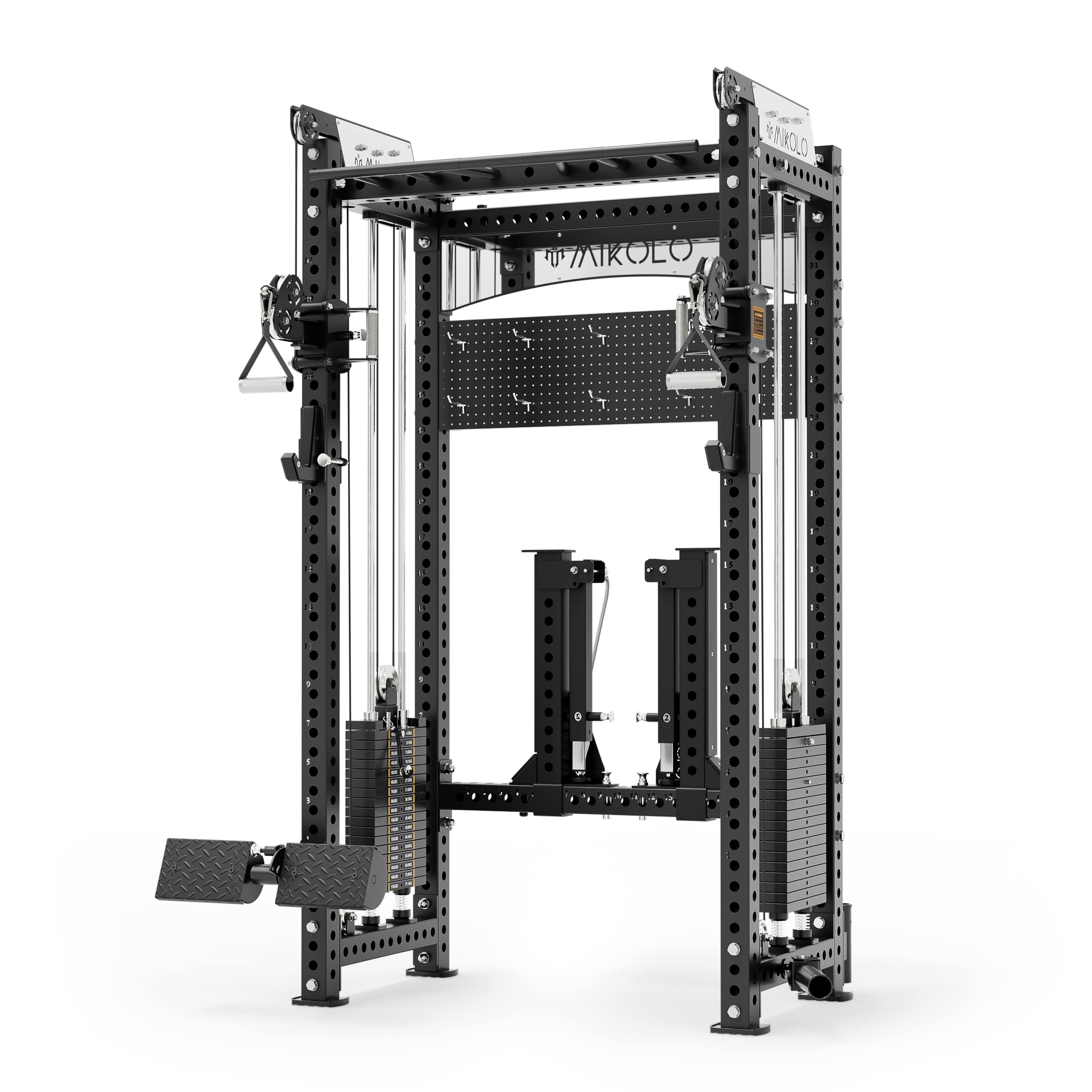

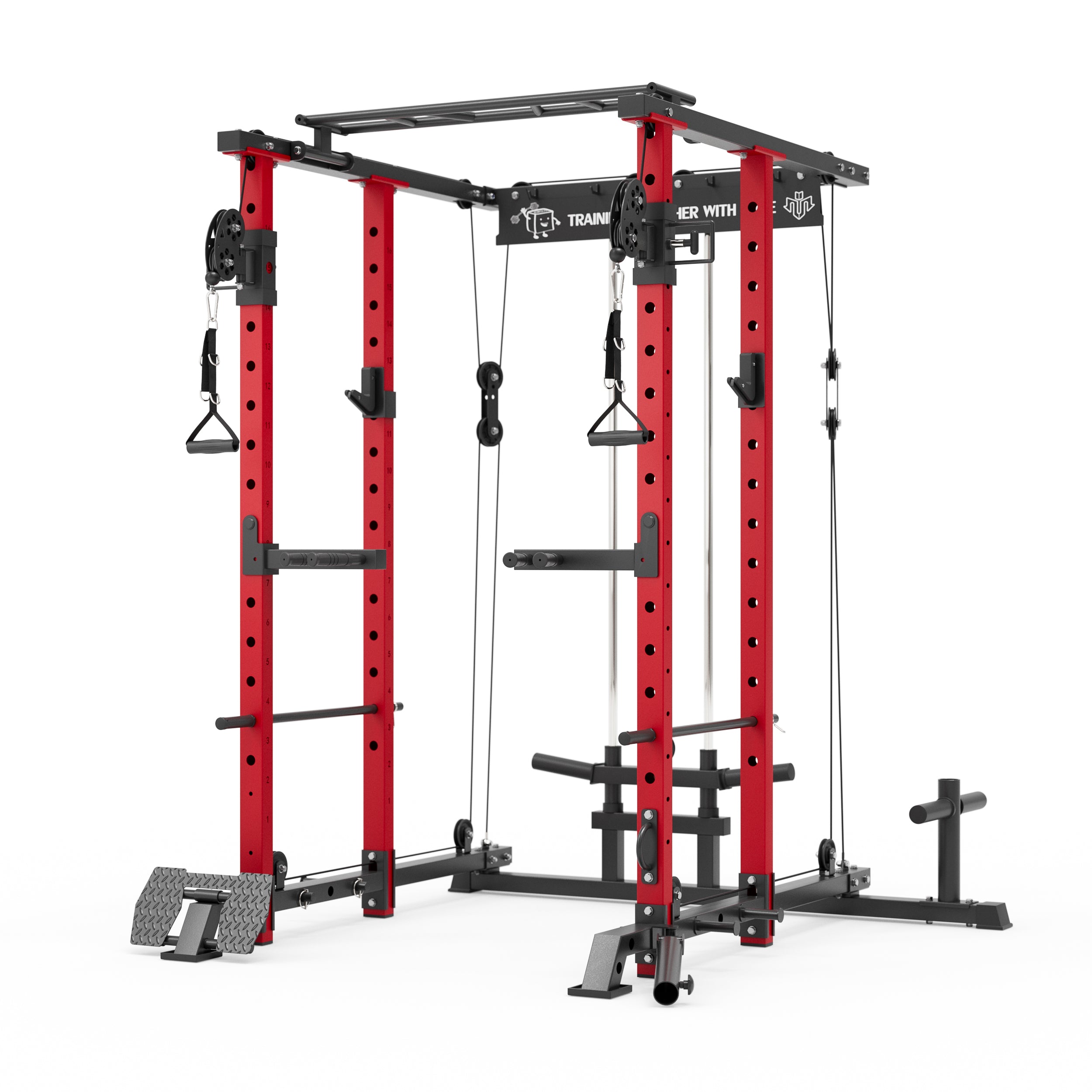



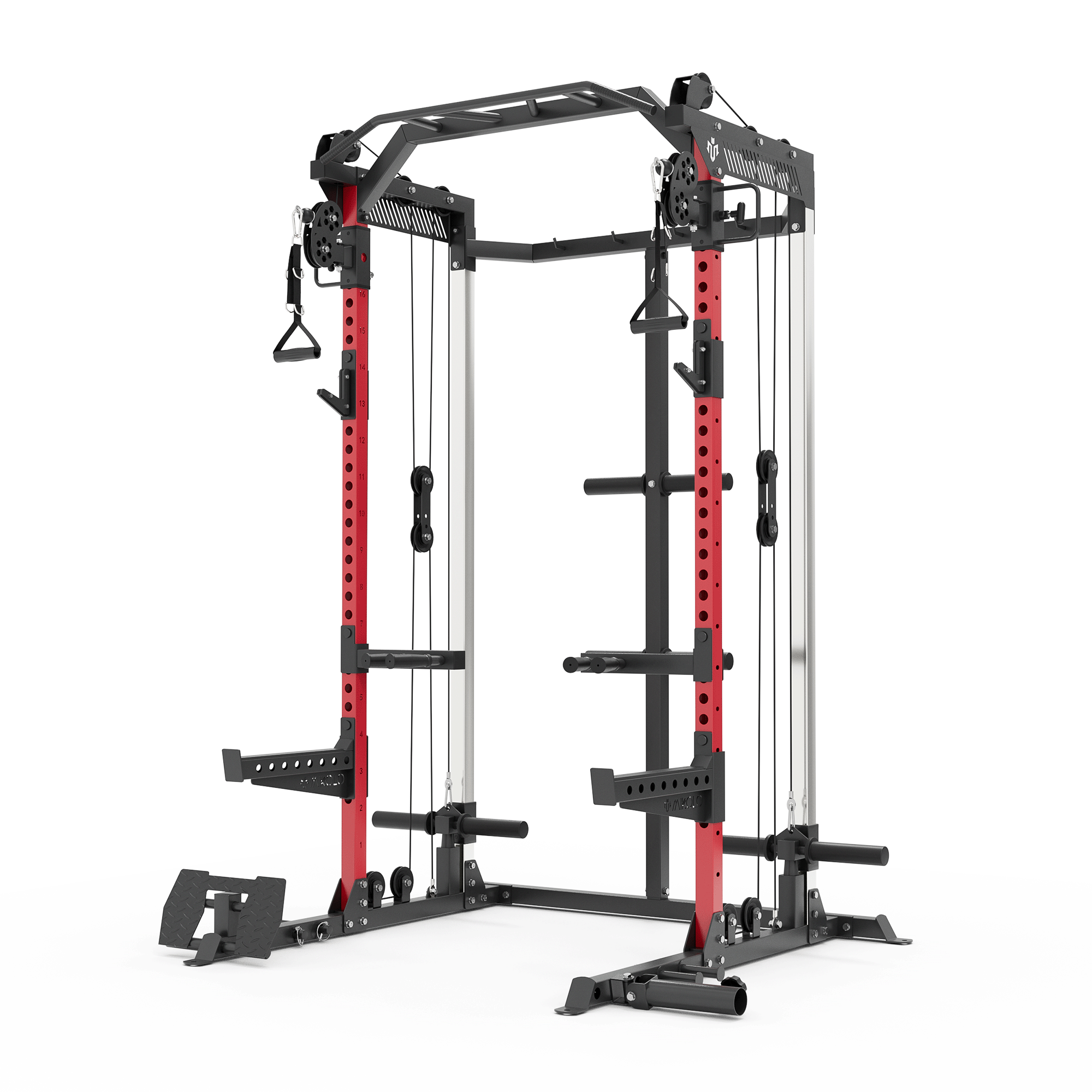
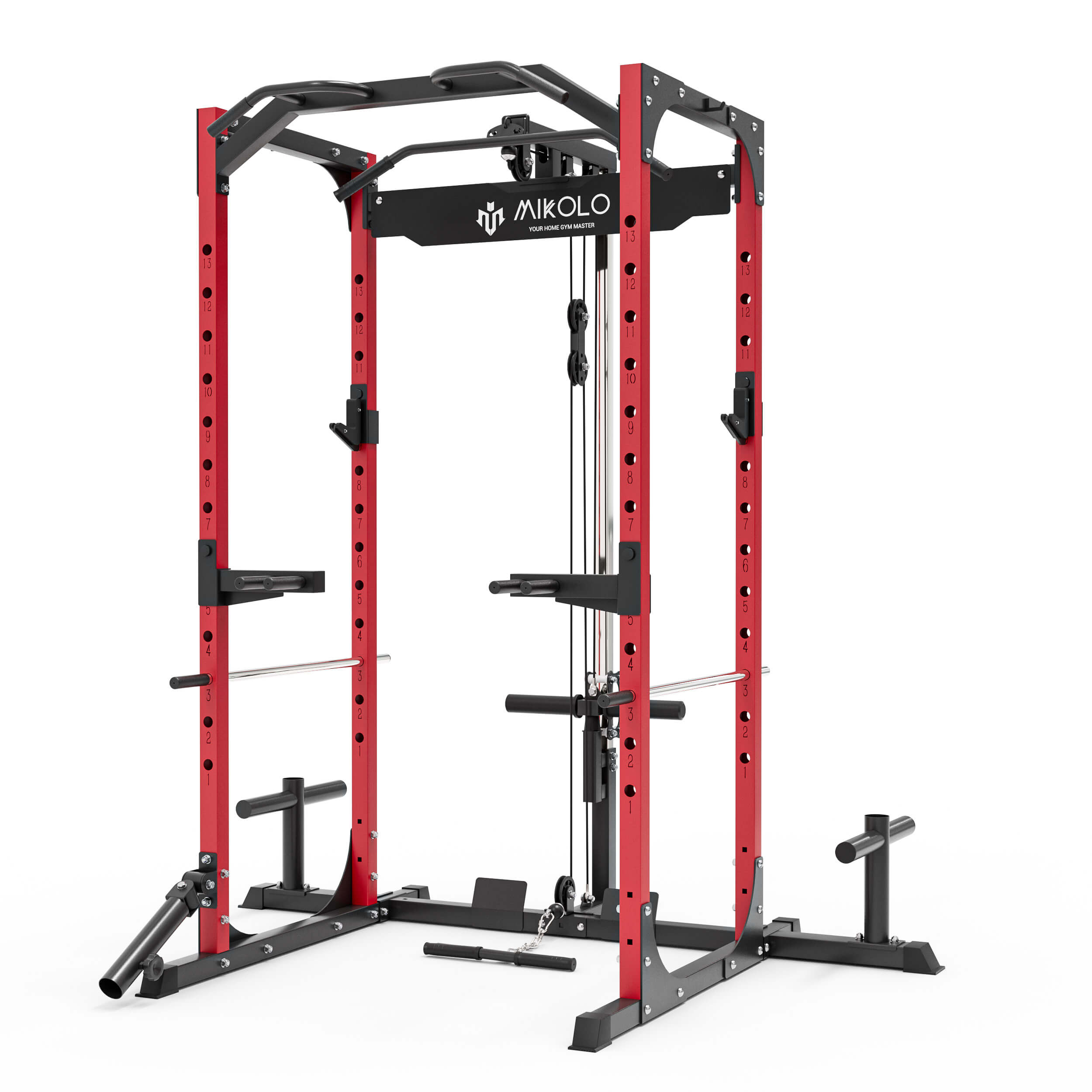




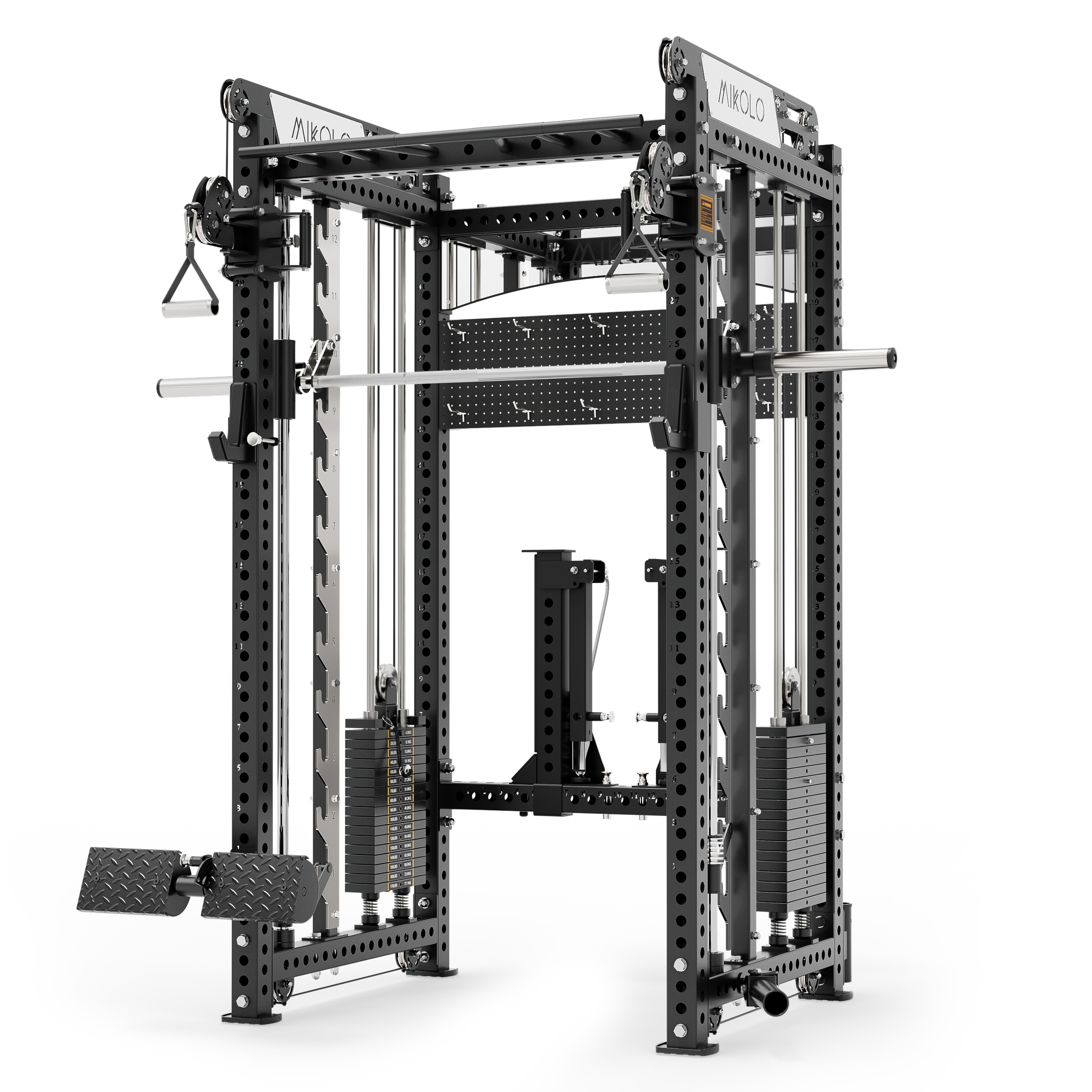

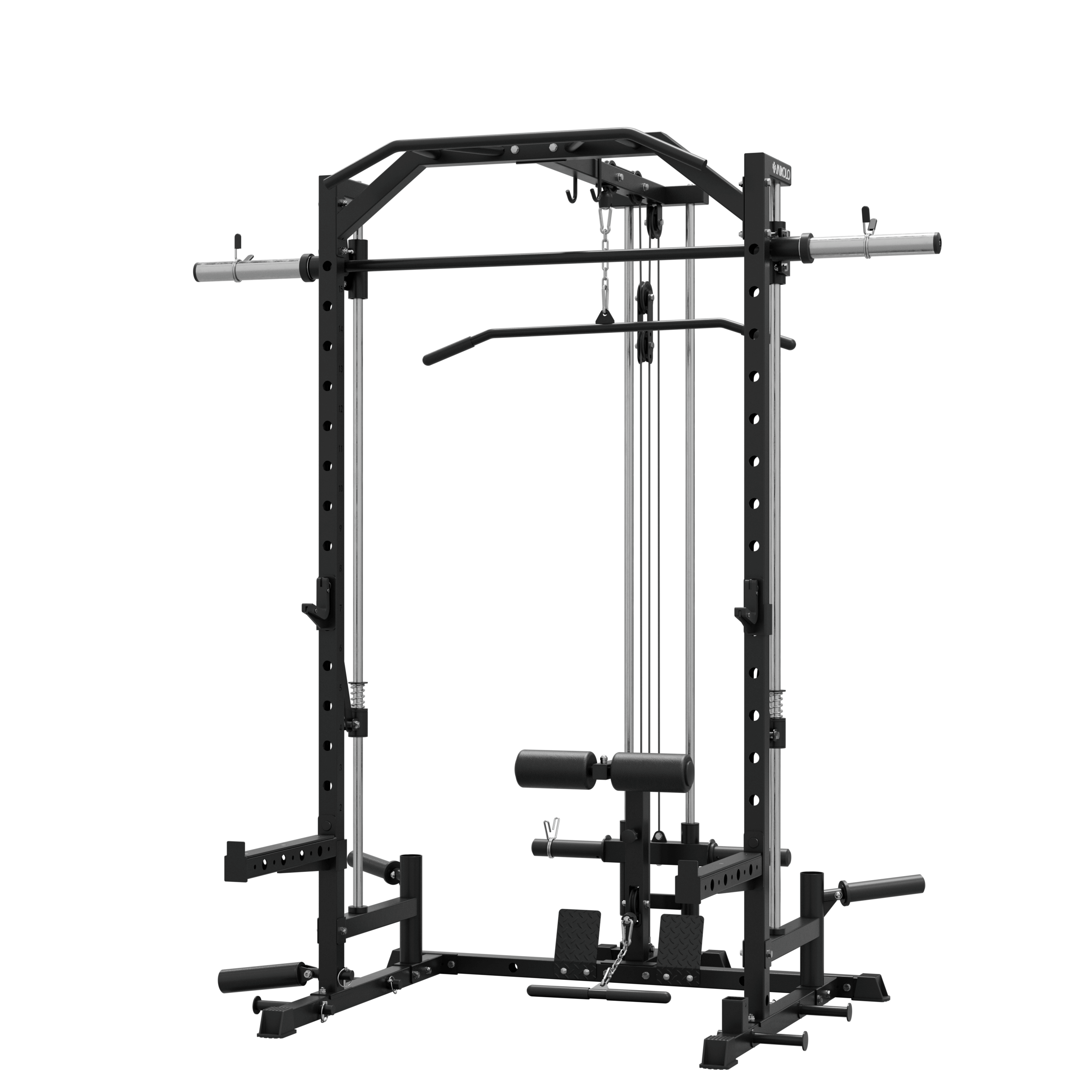
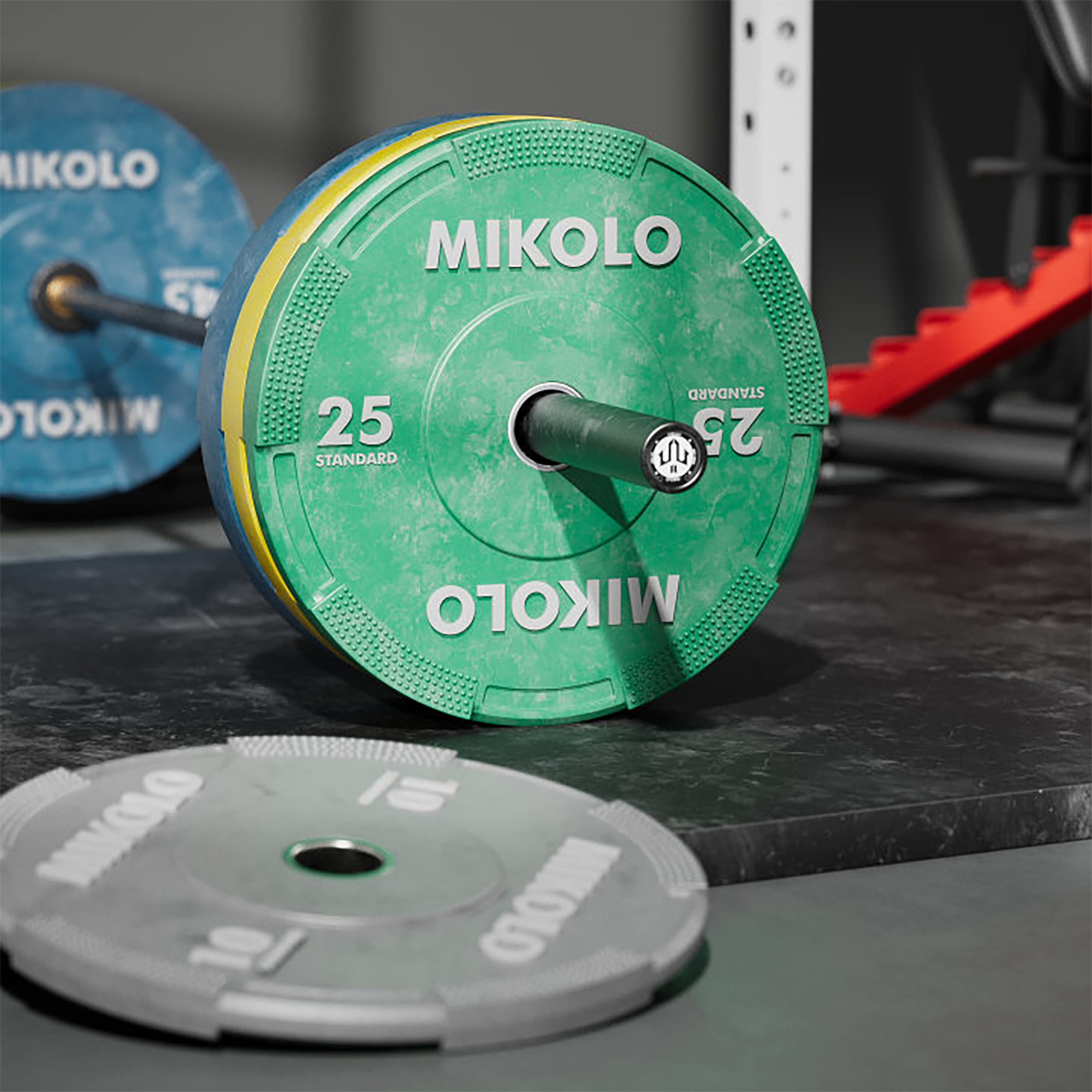
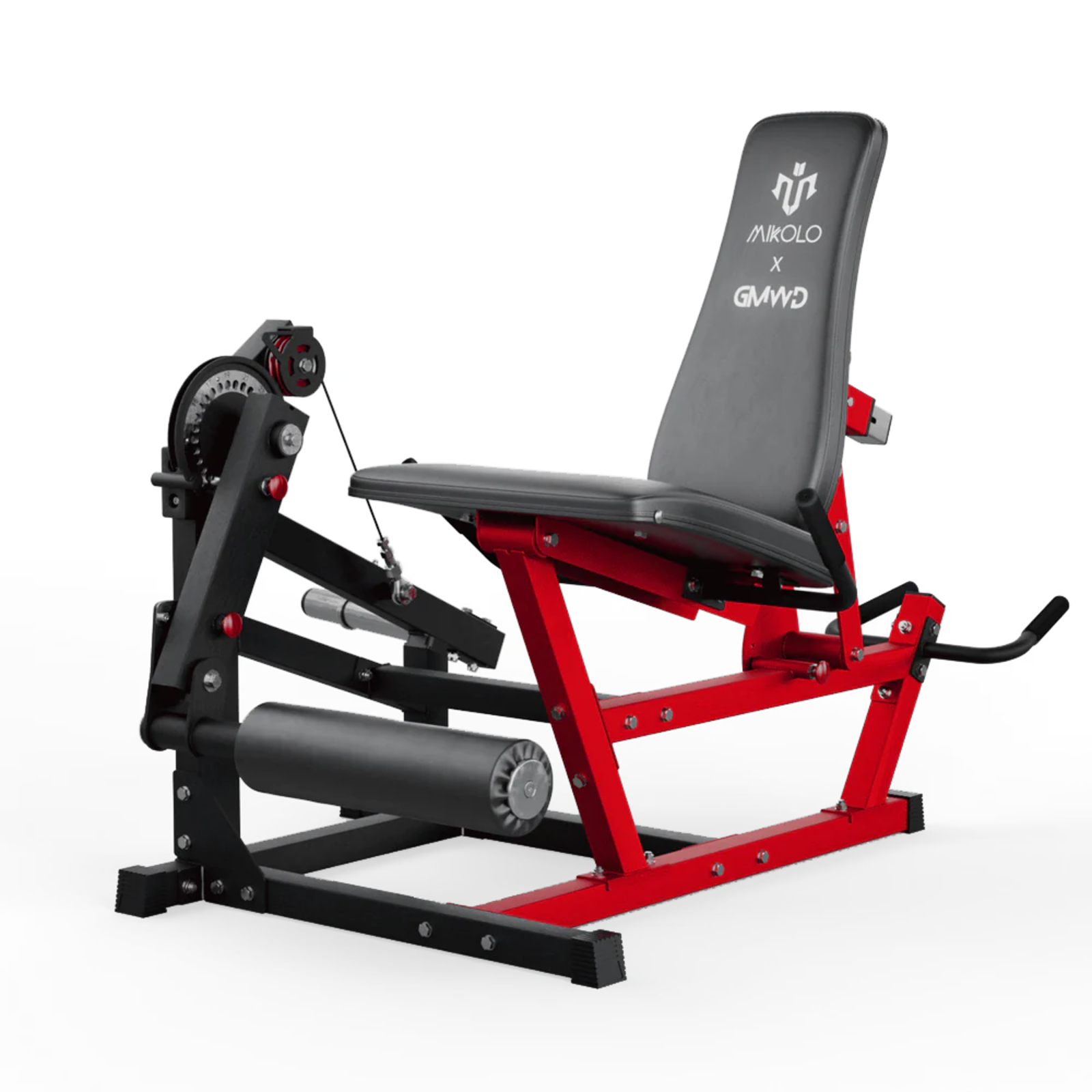

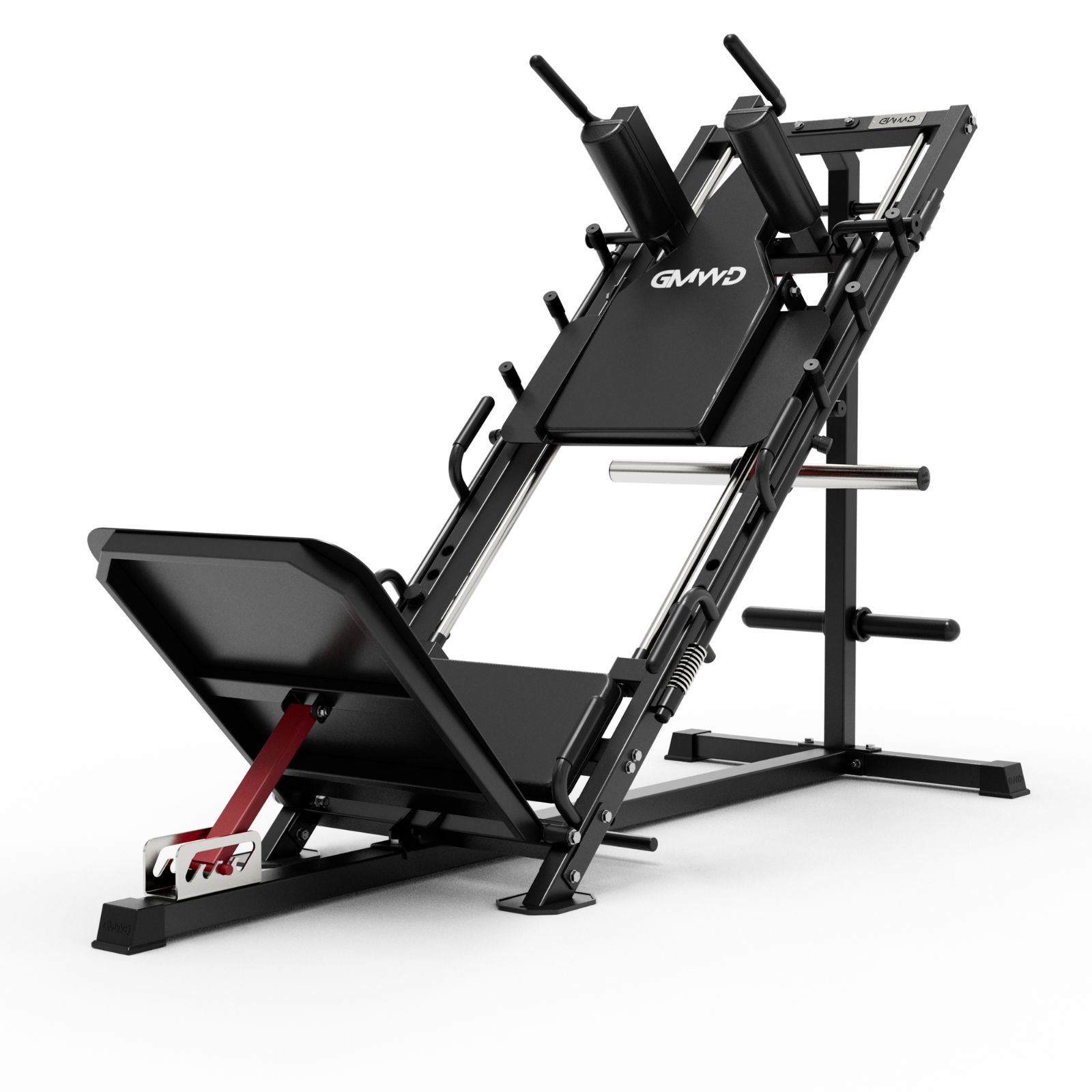


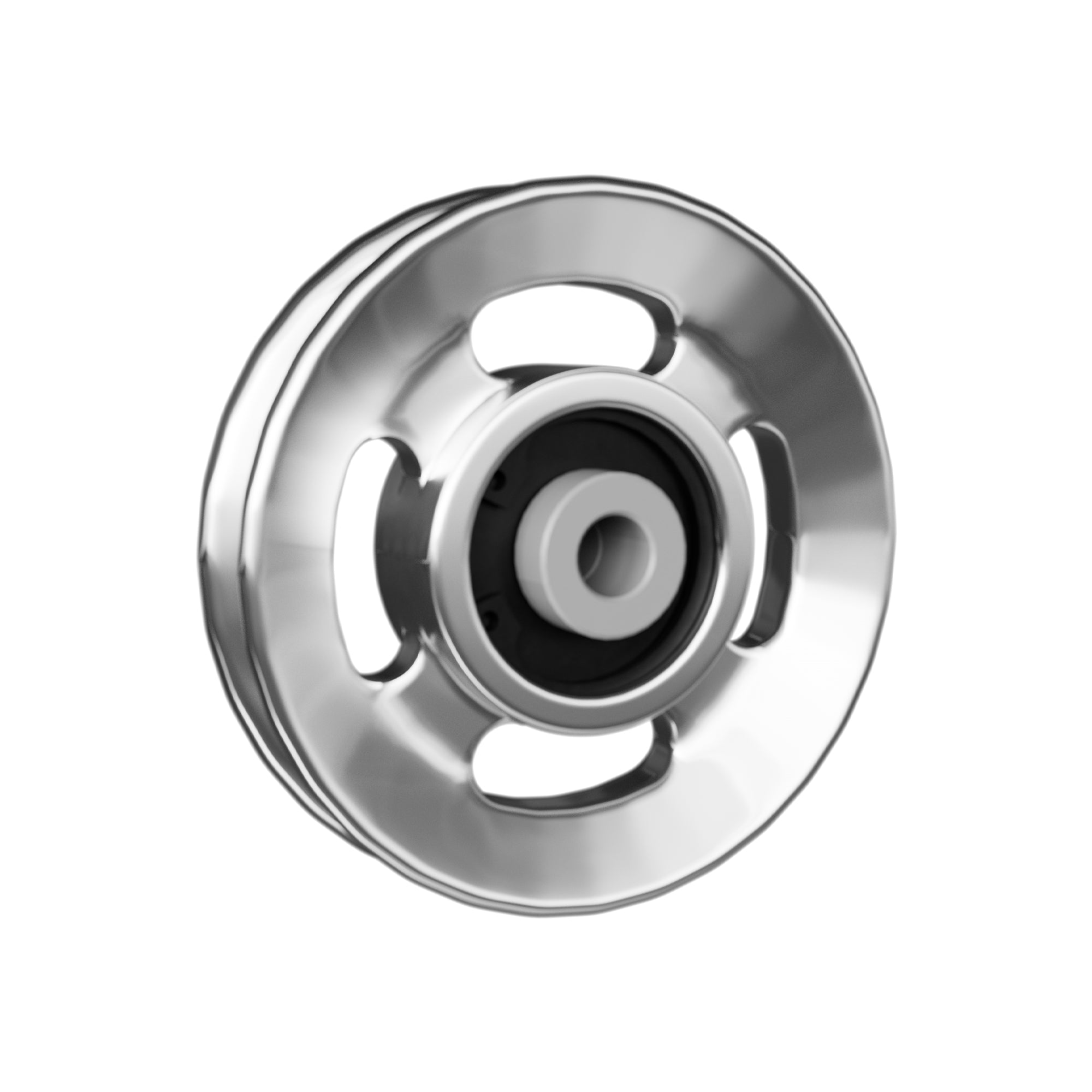
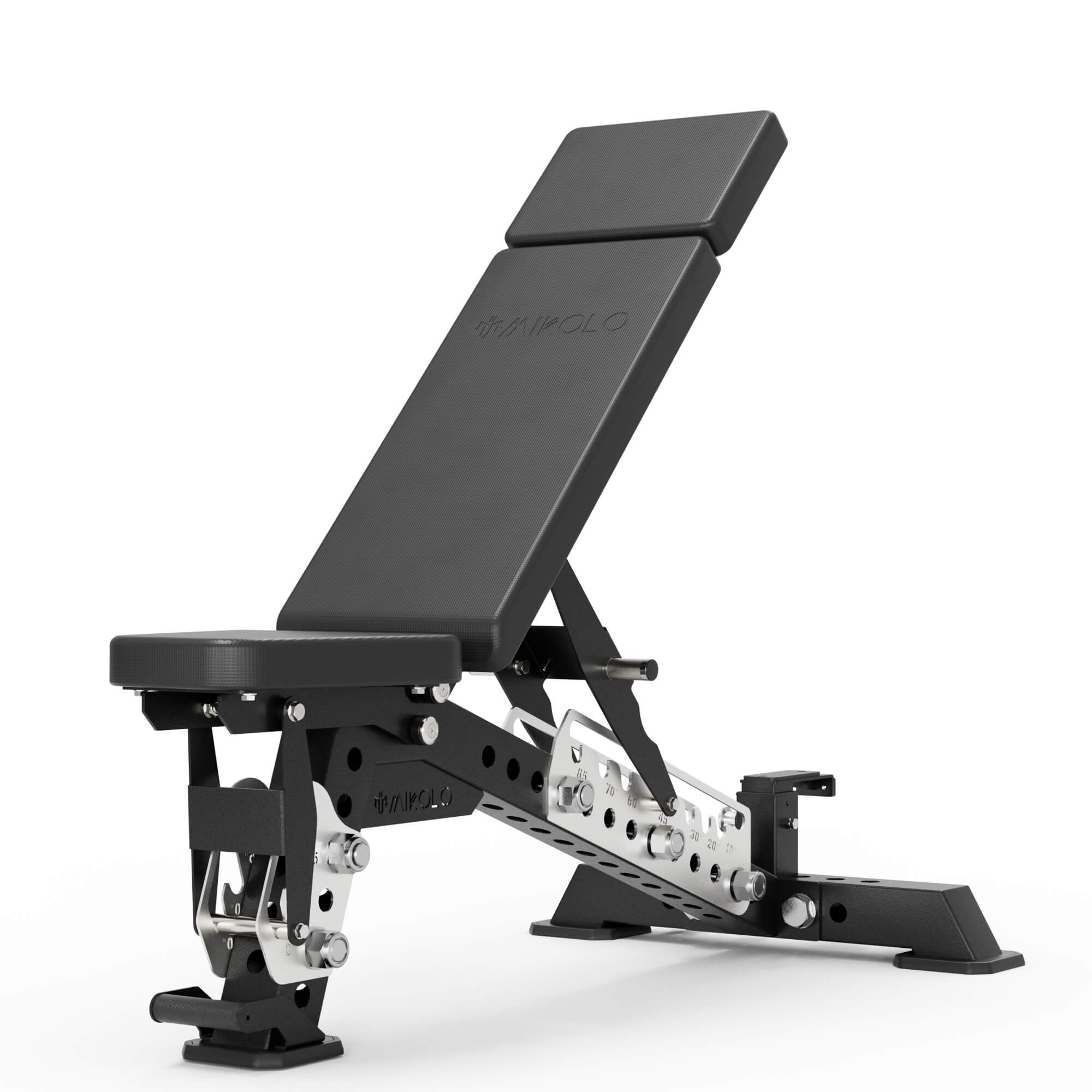
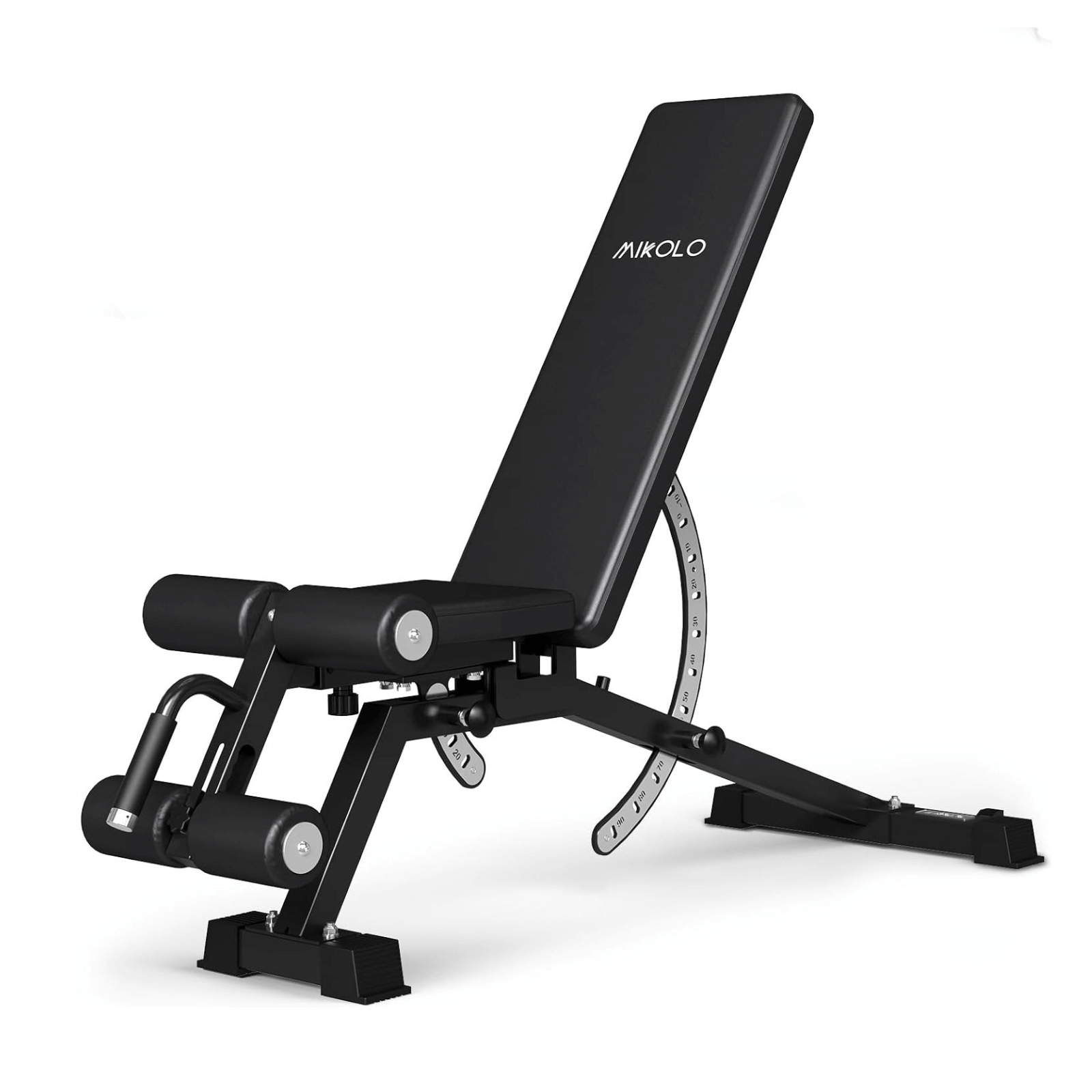

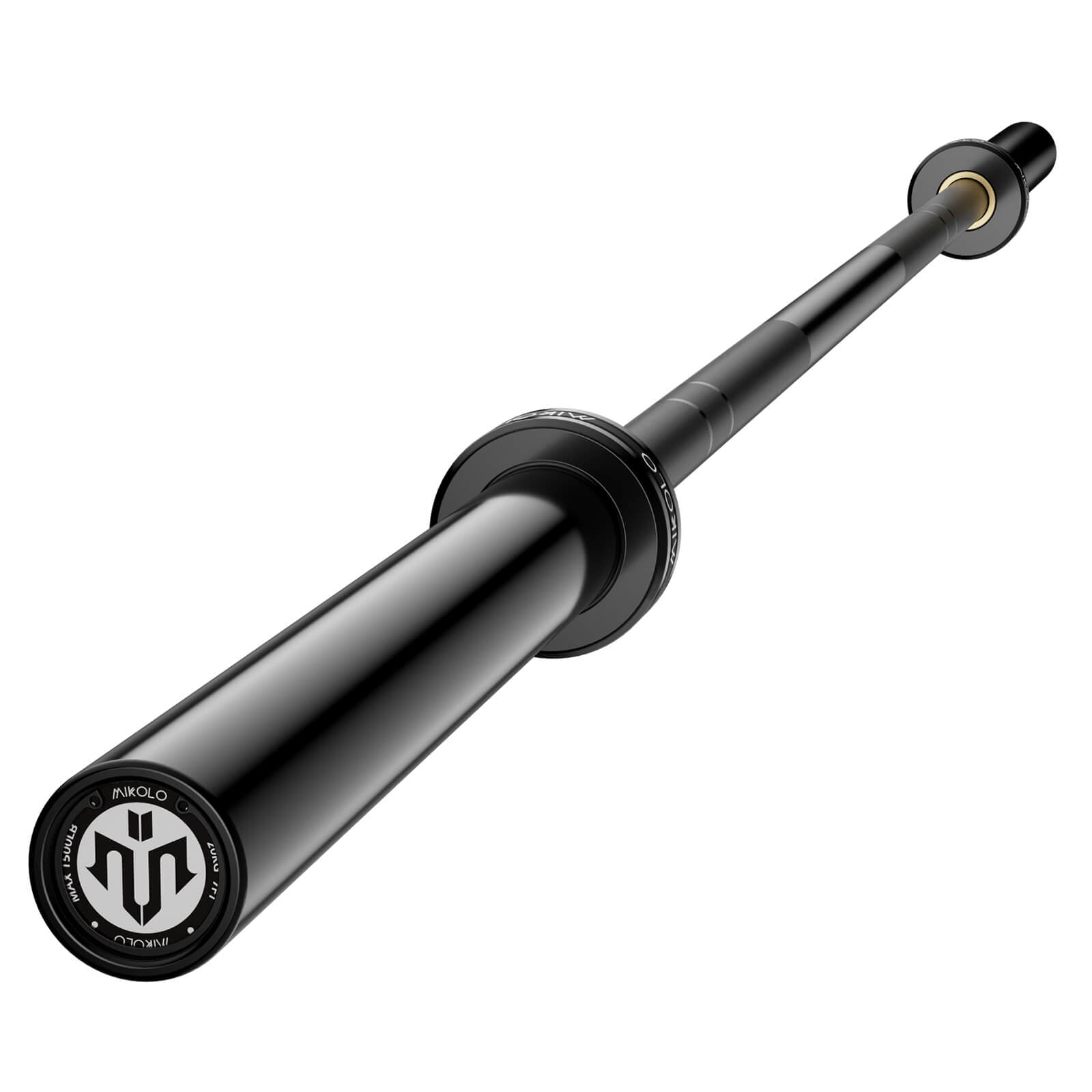
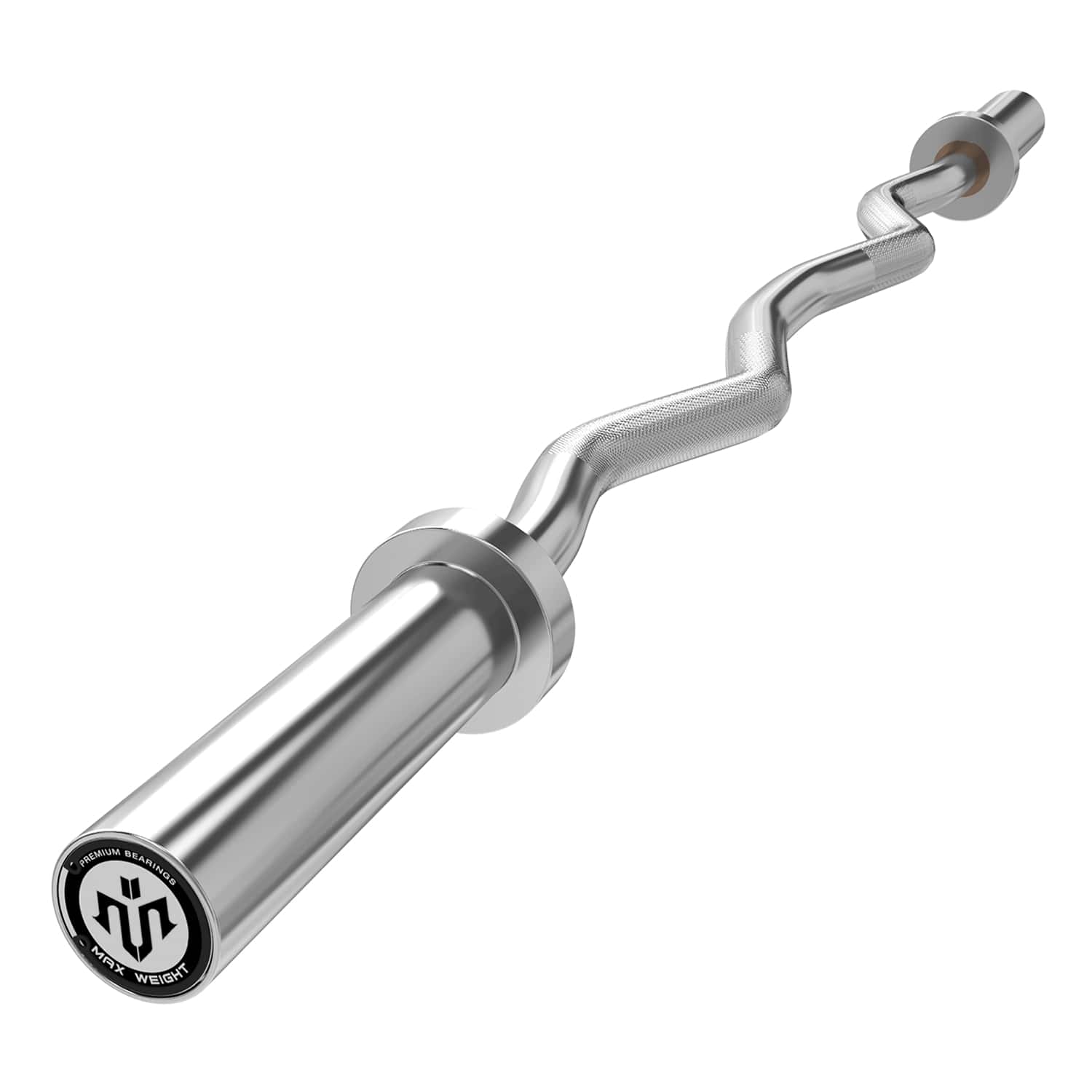
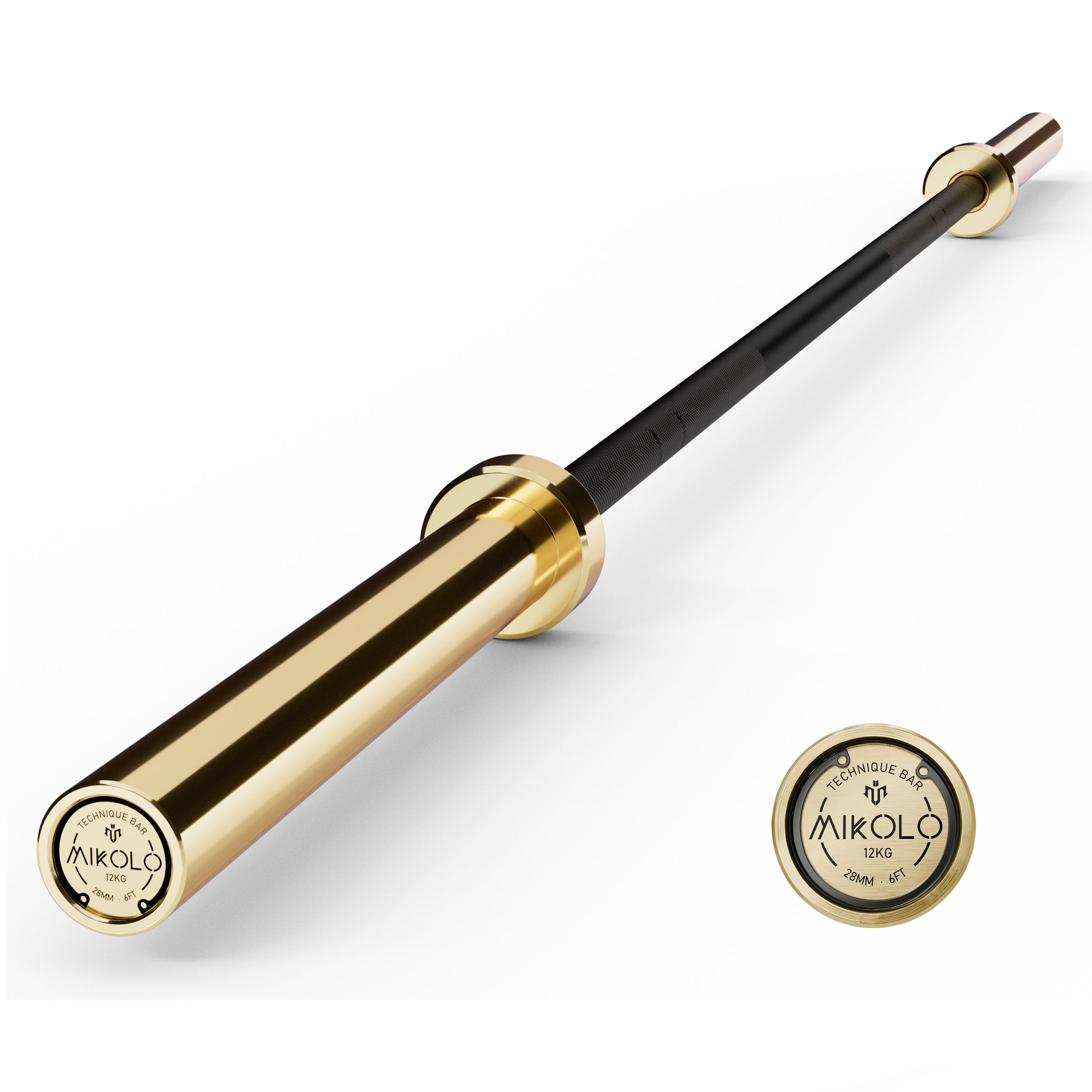
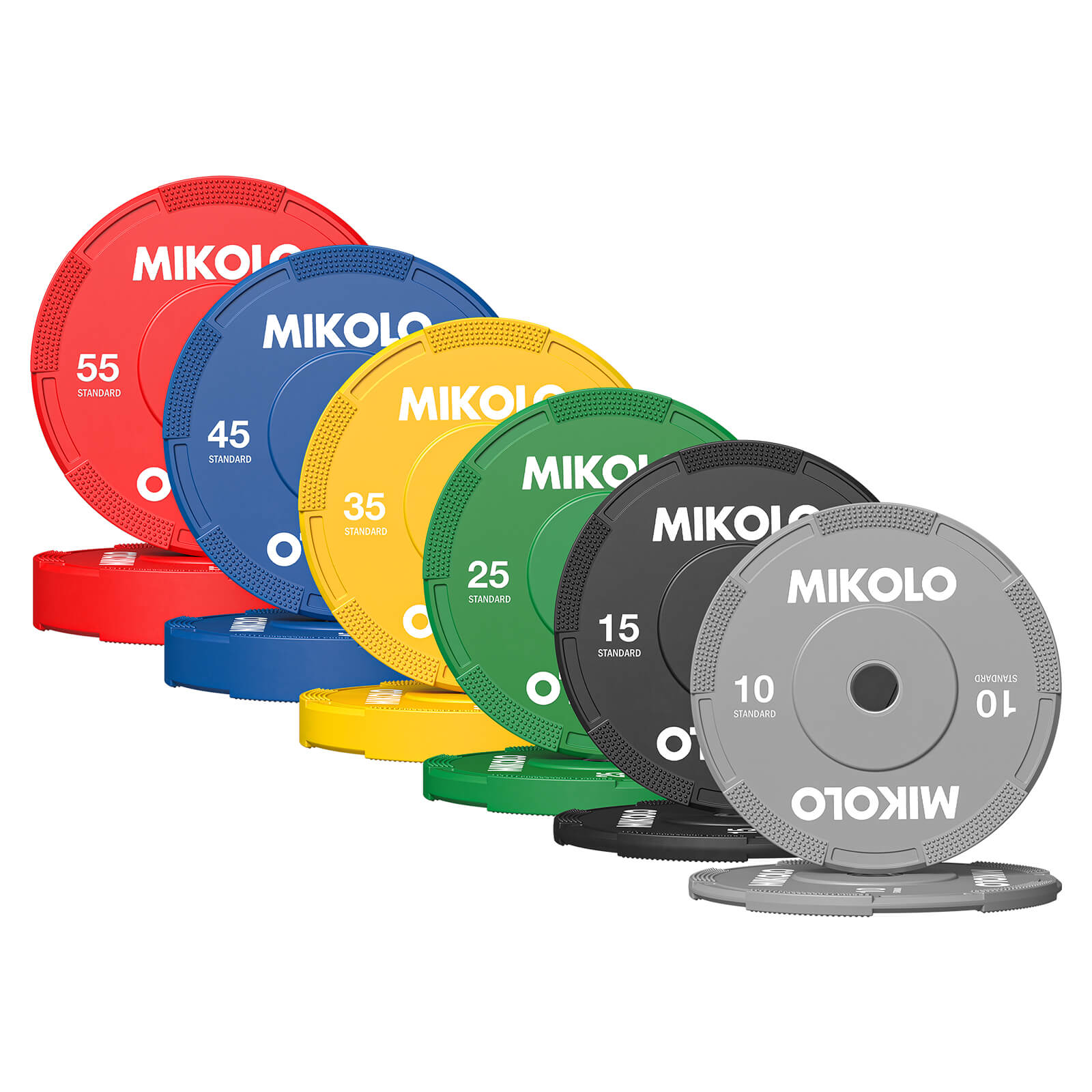
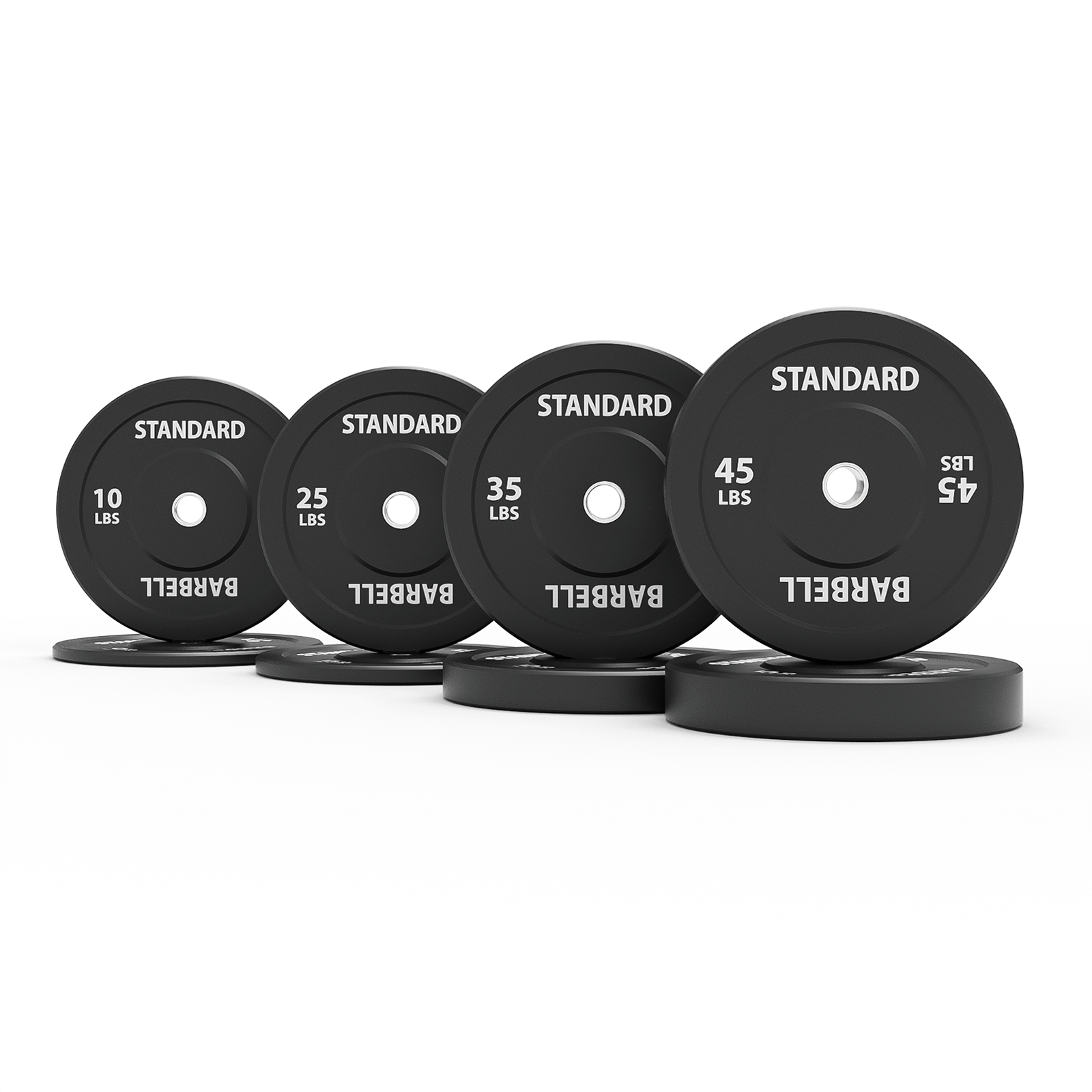
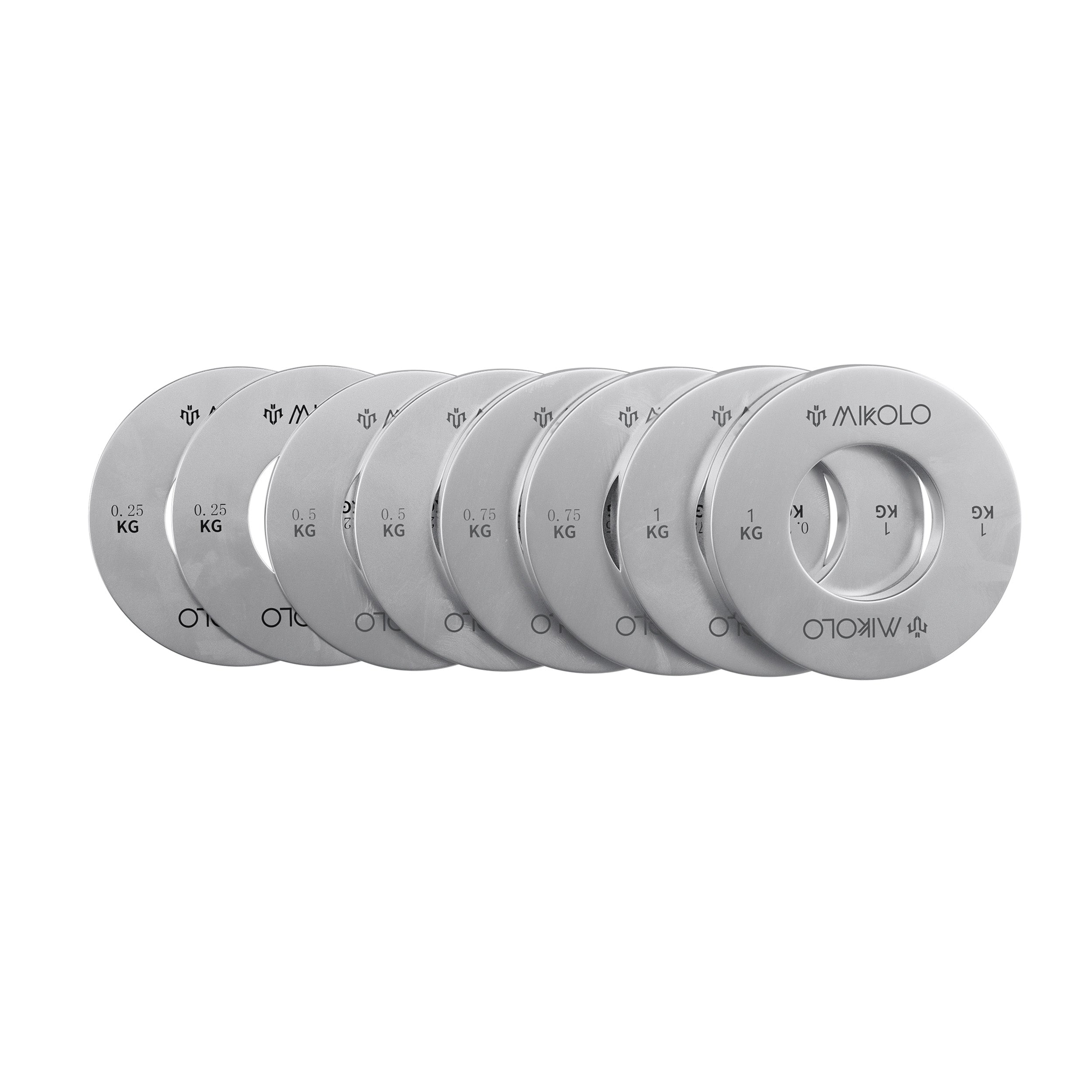


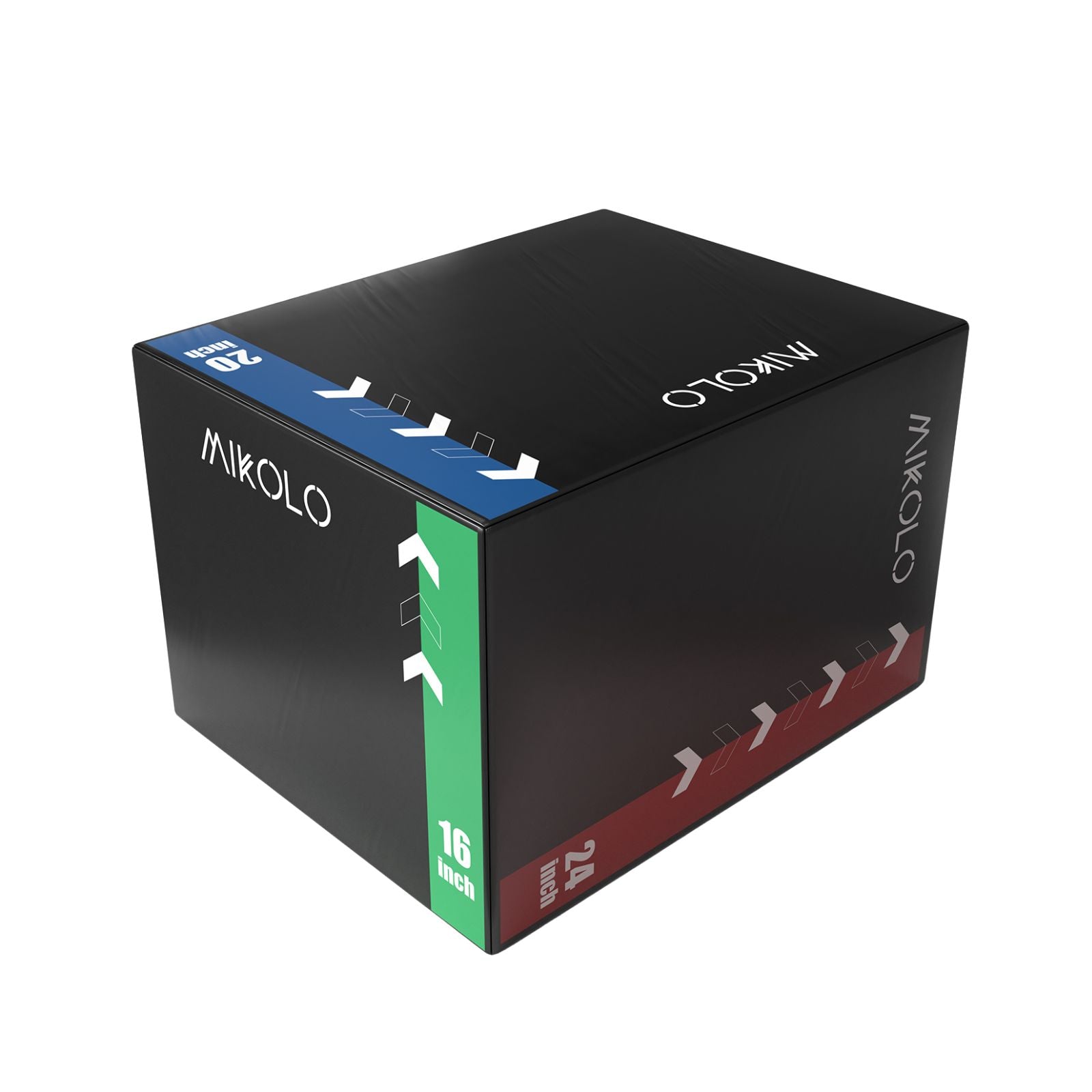
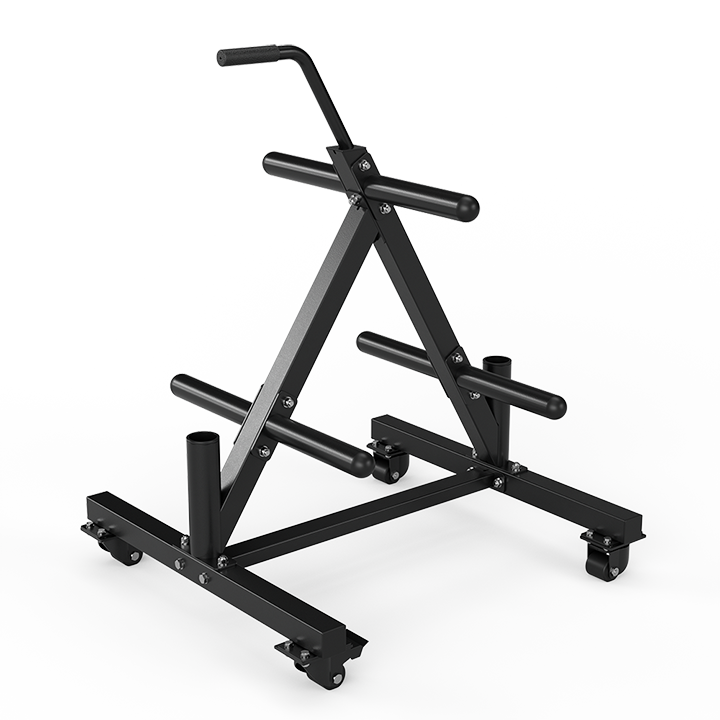





Leave a comment
This site is protected by hCaptcha and the hCaptcha Privacy Policy and Terms of Service apply.